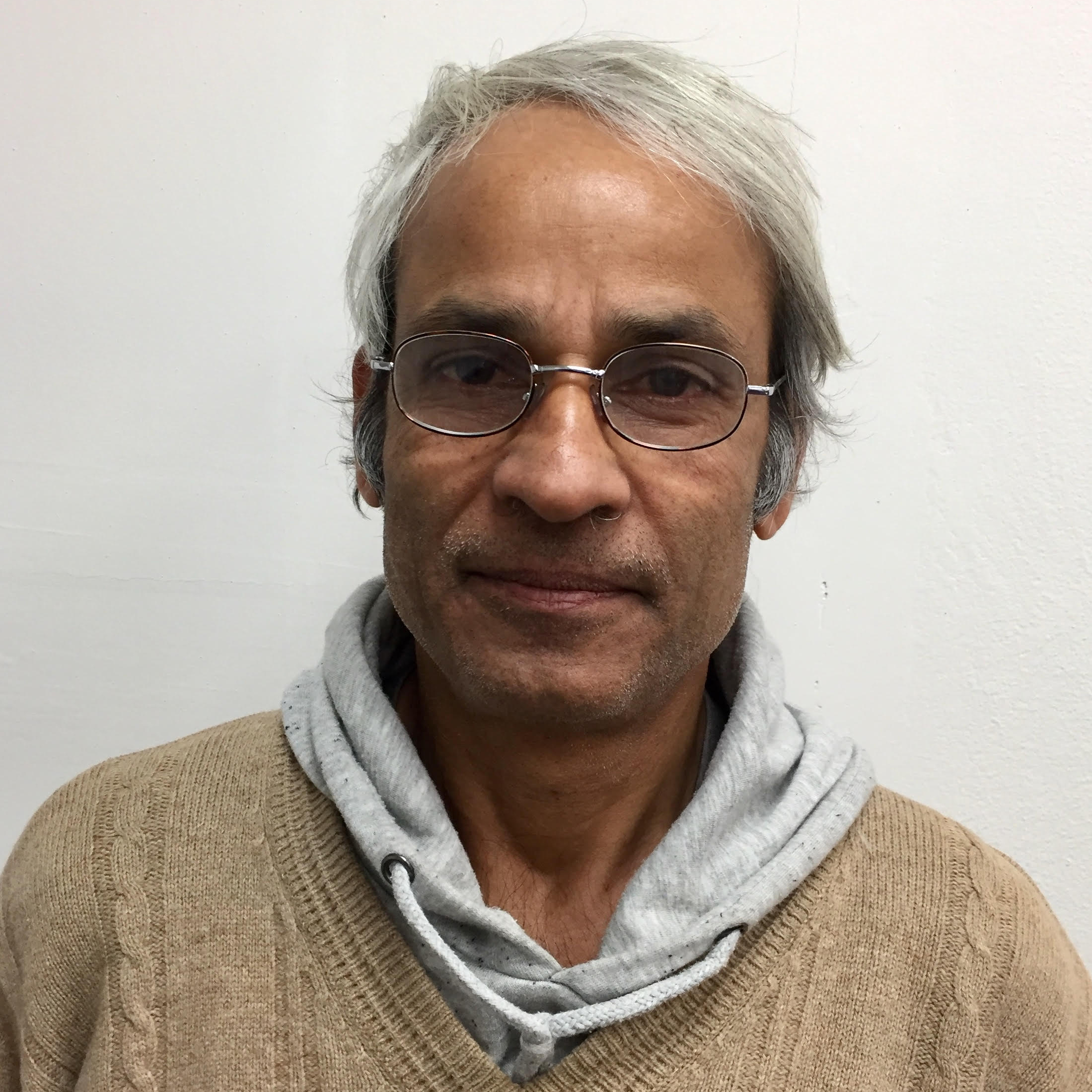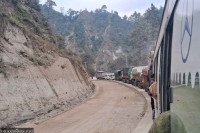Opinion
Rediscovering the Hippie
Hippie culture shouldn’t have been revisited through misconceptions
Jagannath Adhikari
I was a child growing up in Lakeside, Pokhara in the 1960s and 1970s—it’s safe to say I’ve had a brush with a hippie or two. But beyond the surface-level interactions with the occasional hippie passerby, their identities remained an enigma to me and to many in my immediate family circles. We were uncertain about why they came to Pokhara and, more fundamentally, we were unable to comprehend why they decided to leave their homes to adopt such alifestyle. It wasn’t only until I picked up four books—Sharif Gemie and Brian Ireland’s The Hippie Trail: A History; Mark Liechty’s Far Out: Counter cultural Seekers and Tourist Encounters in Nepal; Paul Coelho’s Hippie, and Rory MacLean’s Magic Bus: On the Hippie Trail—that I began to confront the realisation that many people—myself included—allowed stereotypes and misconceptions to guide their beliefs about hippies.
Many of the books capture how local and hippie interactions evolved throughout the years. Initially, many local people were not able to distinguish between hippies and other tourists.
Poor families, usually from low-caste backgrounds, had a greater number of interactions with hippie communities. They also started capitalising on the market by selling marijuana, magic mushrooms or by opening up spaces for accommodation. But as the hippie movement began to solidify, a misguided set of beliefs began to shape Nepali society’s perceptions about the group. Many of these beliefs were based on surface-level observations; hippies wore rag-tags, kept long braided hair, and smoked marijuana and hashish in abundance. However, these
observations led many to conclude that hippies perpetuated poor lifestyle choices and drug usage.
Marijuana was everywhere in abundance; it was naturally grown by households and sometimes used by community members for medicinal purposes. By capitalising on the crop, hippie tourism allowed a marijuana market to thrive in Nepal and also promoted its indulgence among local youths. Still, a larger section of society looked upon hippie tourism with suspicion as its presence was believed to have shaped the introduction of new drugs such as LSD and heroine. Coelho captures this in his novel Hippie by revealing details about how LSD was transported in small amounts by some hippie networks.
Coelho and Lichety’s works provide detailed accounts of how the western imagination began to popularise interest around the Himalayas, the East in general and the socio-economic circumstances of developing countries. It considers the various aspects of western lifestyles—including a lack of spiritual life, the global political situation and the celebration of monotonous routines—that shaped the movement to leave respective homes for the ‘mystical east.’
Interestingly, Hermann Hesse’s book Siddhartha is evoked in all these books for promoting interest in Eastern countries and cultures for spiritual purposes. The book Magic Bu sidentifies Herman Hesse as a ‘patron saint’ of the Hippie trail, who wrote about the eternal strivings of the human spirit towards the east, towards home and towards a ‘home of the light.’ The fact that homage to Hesse is paid in all the books captures his work’s importance to shaping the western interest in the east, especially in Kathmandu and Nepal. The book Siddhartha combines human desire for the meaning of life with individual freedom to make it attractive to western world.
These books, especially the non-fiction books, offer detailed accounts of the various reasons behind the rise of the ‘freewheeling style of travelling.’ They all relay these ideas through thoughtfully constructed character development; everyone mentioned accepts the randomness of life and firmly believes in the easy-going, immediate and free-natured lifestyle. As these ideals were celebrated, they seeped into and shaped tourism culture; people began focusing on the authentic sights and sounds of places and not on establishing a corporate presence or engaging in consumer-driven lifestyles. Furthermore, the economic boom following World War II and the rise of the welfare state system helped ease the nature of travel for hippie communities. Therefore, it seems that choice to become a hippie was not only guided by individual motivations but was also developed as an outcome of living in a unique historical period.
These books also effectively allay the many misconceptions that govern popular beliefs about hippies. For example, a common misguided stereotype that many proscribe to is that hippies are uneducated. The book Hippie Trail concludes—based on their survey of historical records—that it was four times more likely that hippie tourists would have attended university than any member of the general public at that time. But there was, of course, diversity in the educational status among the community. Other misconceptions they counter include ideas that suggest that hippies introduced drug addiction, radicalised religious practices, and that they promoted unhealthy lifestyles.
By confronting and countering these misconceptions, they all offer the opportunity to revisit our own misguided beliefs about hippie culture. Ultimately, Nepal and hippie culture have a shared history; it is important to understand the significance of hippie culture in shaping our own society by understanding their identity beyond the surface-level.
Adhikari is a Senior Research Fellow at the Australian National University.




 6.3200000000001°C Kathmandu
6.3200000000001°C Kathmandu












